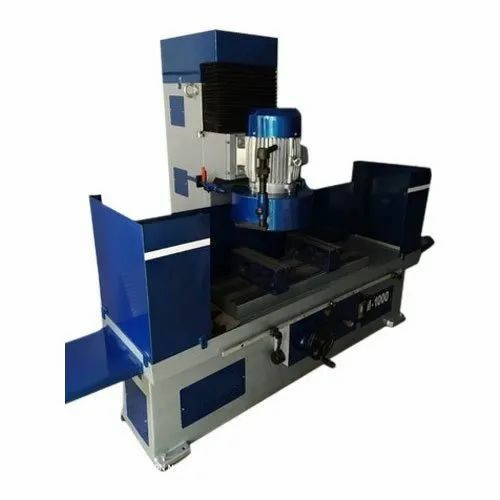How Do You Grind a Flat Surface?
A surface grinder is a machine that removes a small amount of material from a workpiece and produces a smooth flat surface. It is commonly used in manufacturing.
A surface grinder consists of a table and an abrasive wheel. The abrasive wheel is held in place with a chuck. The chuck can be magnetic, vacuum, or mechanical.
Planes
Planes are a common tool used during the grinding process. They are made of aluminum, steel and titanium. They are usually medium-weight and are durable enough to withstand the abuse of repeated use.
Planes have two dimensions: length and width. They can also be curved.
There are many planes in the aviation industry, from passenger airplanes to cargo planes and even military aircraft. Some examples of planes include the Ford Tri-Motor, Lockheed SR71 Blackbird and Boeing 747.
One of the most important and useful functions of a plane is the ability to carry out a complex grinding operation without damaging the surface. The best way to do this is by using abrasives with a high feed rate. The abrasives are pushed through the plane with the aid of a motor. This is a simple yet effective technique that can be applied to any material. It is a great alternative to the traditional sanding and grinding processes.

Abrasive Wheels
Grinding wheels are made from powdered abrasive grains held together with a binder, such as resin. These grains are then glued to a fiberglass backing in the shape of a wheel, and rotated on a grinder to grind away material.
Abrasive wheels come in different grades and sizes, depending on the type of material being grinded. Each grade carries a specific number of grains, with coarse being the least.
Using the wrong abrasive wheel can lead to serious damage to your equipment, workpiece and even people around you. This is why it's so important to make sure you have the right training, equipment and PPE before using any abrasive wheel.
The choice of grain, size, grade and structure is also crucial for the proper operation of an abrasive wheel. These factors affect the wheel's cutting depth, feed rate and coolant flow, as well as its ability to hold the abrasive. They can also determine the best wheel speed for the application.
Feed Rate
The feed rate is the speed at which the cutting tool advances against the workpiece during a revolution. Machinists commonly measure it in meters per minute (m/min) or feet per minute (ft/min), but it can also be expressed in units of distance per revolution for turning and boring (ipr or mm/r).
When cutting, the feed rate is important because it determines the amount of material the tool can cut in one revolution. It is also influenced by the type of tool, the depth and width of the cut, and the material being cut.
The amount of material cut by the tool is called the Chipload, and it is an important manufacturing factor that can have a big impact on your productivity. You can improve your Chipload by adjusting the number of cutting edges, RPM, and feed rate.

Safety
Grinding a flat surface is an important part of your job, but it also involves high risk. You must follow Double Surface Grinding Machine as well as High Precision Surface Grinder safety guidelines to ensure that your operation is as safe as possible.
Whenever you’re working with a grinding machine, it’s important to wear all the appropriate personal protective equipment and tools. This includes goggles, masks, ear protection, leather aprons and gloves.
Abrasive wheels should be inspected both visually and ring-tested before being mounted on the grinder. This simple test will ensure that the wheel is in good working order and won’t break when you use it.
The abrasive particles in grinding wheels are highly toxic and can cause serious health problems if inhaled. It’s essential to control the amount of dust that can be generated and provide a suitable exhaust system to reduce the inhalation of dusts and coolant mists.





